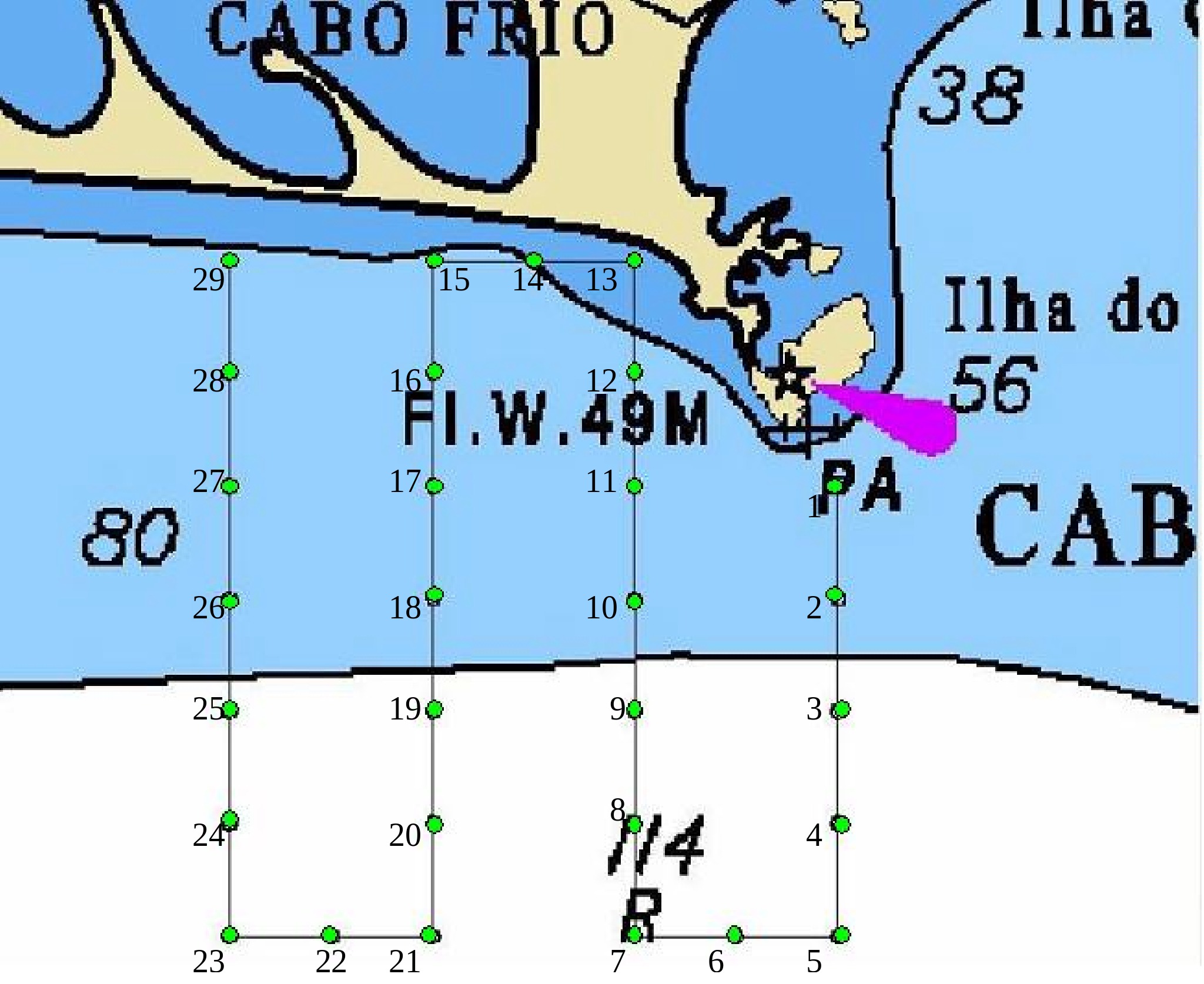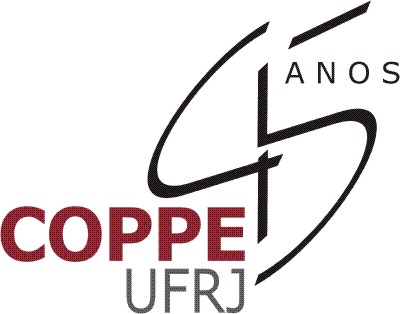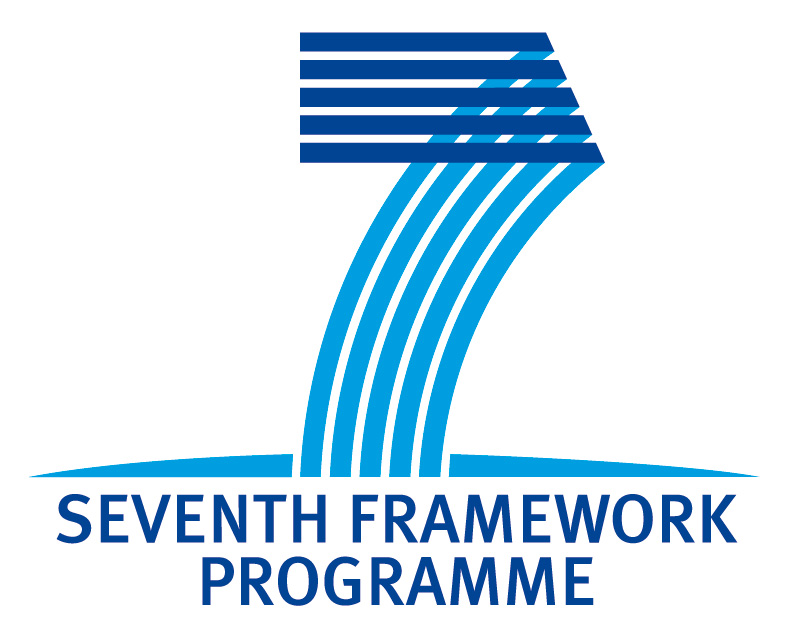|
You are not Logged in! Log in to check your messages. |

|
|
Check todays hot topics |
Web2Project Sign in
Project OAEx

Ocean Acoustic Exploration (OAEx - 230855)
OAEx is an exchange project funded under the EU FP7 Marie-Curie, IRSES initiative that
aims at reinforcing links, exchanging experiences and methodologies between
european and non-european partners in the field of ocean exploration using acoustics. One of
the focus of the project is the region of Cabo Frio, on the Brazilian coast, approximately 200 km
to the east of Rio de Janeiro.
This project is funded with 187.2 kEuro for 3 years (later extended for extra 6 months).
Starting date: February 1st, 2009.
End date: July 31st, 2012.
Partnership: CINTAL - Centro de Investigação Tecnológica do Algarve (beneficiary),
ULB - Université Libre de Bruxelles (Belgium),
COPPE - Universidade Federal do Rio de Janeiro (Brasil),
IEAPM - Instituto de Estudos do Mar Almirante Paulo Moreira (Brasil) and
C-MARS Canadian Marine Acoustic Remote Sensing Facility (UVic, Canada).
People involved: members of all institutions.
Abstract:
The OAEx joint research programme aims at developing synergies and reinforcing collaboration between the EU, Brazil and Canada in the field of ocean acoustic monitoring and marine technologies. In this context the OAEx programme will contribute towards a global ocean through the exchange of experience on the usage of ocean acoustics for geophysical exploration, ocean circulation monitoring and underwater acoustic communications as well as in the framework of global change issues. The OAEx programme allows the transfer of knowledge and information between partners in order to improve and complement their individual expertises to be applied in ongoing and prospective projects. Specifically, European and Canadian groups have developed techniques of ocean environmental monitoring by acoustic remote sensing and underwater acoustic communications that could be integrated and applied to monitor the strategic and challenging site of Cabo Frio in Brazil which has been studied for a long time by the Brazilian partners using conventional oceanographic tools. Moreover, the Canadian partner has privileged access to the NEPTUNE CANADA observatory, at the moment the unique cabled long term multidisciplinary ocean observation laboratory in operation. Since there are plans for creating such complex and expensive infrastructures by other major world players, and in particular EU (ESONET network), the OAEx partners will profit from exchanging experiences to optimize the implementation of current and future laboratories. To achieve the proposed goals, the main events overseen in OAEx are interdisciplinary workshops where both scientific and technological aspects will be discussed also on the basis of simulation and experimental results obtained through researcher exchange and collaboration during the time frame of OAEx. The exchange will encompass both scientific and technical personnel with experience at sea as well as advanced methodologies for data analysis.
Objectives:
 to enhance collaboration
and fill the scientific and technological gap to specifically define
methodologies, technologies and procedures for the implementation of
underwater acoustic environmental monitoring and communication networks
to be integrated in the surveillance and monitoring of critical at sea
infrastructures.
to enhance collaboration
and fill the scientific and technological gap to specifically define
methodologies, technologies and procedures for the implementation of
underwater acoustic environmental monitoring and communication networks
to be integrated in the surveillance and monitoring of critical at sea
infrastructures.
 Investigation of the
performance characteristics required for acoustic environmental monitoring
(spatial coverage, estimation and prediction accuracy, response time,
transmission bandwidth, achievable bit rate, resilience/delay time, maximum
range, etc) and data transmission over underwater acoustic channels as a
function of transmission frequency, signal modulation, environmental
properties (including sound speed as a function of space and time,
bathymetry, reverberation, ambient noise, etc and channel geometry
source/receivers depth and range).
Investigation of the
performance characteristics required for acoustic environmental monitoring
(spatial coverage, estimation and prediction accuracy, response time,
transmission bandwidth, achievable bit rate, resilience/delay time, maximum
range, etc) and data transmission over underwater acoustic channels as a
function of transmission frequency, signal modulation, environmental
properties (including sound speed as a function of space and time,
bathymetry, reverberation, ambient noise, etc and channel geometry
source/receivers depth and range). Definition of the
requirements and suggestion of methodologies for the implementation
of a generic monitoring network in Cabo Frio (Brazil). To develop a
suitable environmental model of Cabo Frio and carry out a simulation
study using pre-existing archival data provided by local partner IEAPM
and computational tools and expertise provided by the other partners. The
Cabo Frio area is known to be prone to great variability as exposed to an
upwelling northeastern wind driven regime during most of the year (see
detailed description of the area in the proposal).
Definition of the
requirements and suggestion of methodologies for the implementation
of a generic monitoring network in Cabo Frio (Brazil). To develop a
suitable environmental model of Cabo Frio and carry out a simulation
study using pre-existing archival data provided by local partner IEAPM
and computational tools and expertise provided by the other partners. The
Cabo Frio area is known to be prone to great variability as exposed to an
upwelling northeastern wind driven regime during most of the year (see
detailed description of the area in the proposal). Experience exchange
regarding the NEPTUNE network requirements, methodologies and specific
algorithms for integration, data transmission and overall network
infrastructure. It is of paramount interest for EU to gain experience
on existing network issues, characteristics and additional constraints
and on the underwater network requirements that must be dealt with at
design level.
Experience exchange
regarding the NEPTUNE network requirements, methodologies and specific
algorithms for integration, data transmission and overall network
infrastructure. It is of paramount interest for EU to gain experience
on existing network issues, characteristics and additional constraints
and on the underwater network requirements that must be dealt with at
design level. Experiments on Cabo Frio
site for geo acoustic characterization of the sub seafloor, and testing
and performance tuning of a prototype system for environmental monitoring.
The system will be deployed in the minimum configuration required for
in-situ validation of the methods and algorithms.
Experiments on Cabo Frio
site for geo acoustic characterization of the sub seafloor, and testing
and performance tuning of a prototype system for environmental monitoring.
The system will be deployed in the minimum configuration required for
in-situ validation of the methods and algorithms.
Partnership
Main contractor
Partners
 ULB - Universite Libre de Bruxelles
ULB - Universite Libre de Bruxelles
 COOPE - Universidade Federal do Rio de Janeiro
COOPE - Universidade Federal do Rio de Janeiro
 IEAPM - Instituto de Estudos do Mar Almirante Paulo Moreira
IEAPM - Instituto de Estudos do Mar Almirante Paulo Moreira
 C-MARS - Centre for Marine Acoustics and Remote Sensing
C-MARS - Centre for Marine Acoustics and Remote Sensing
 Project funded under the 7th Framework Program of the European Union
Project funded under the 7th Framework Program of the European Union
